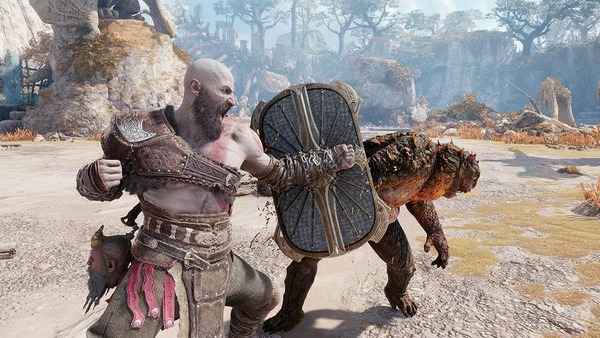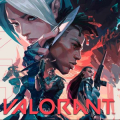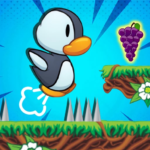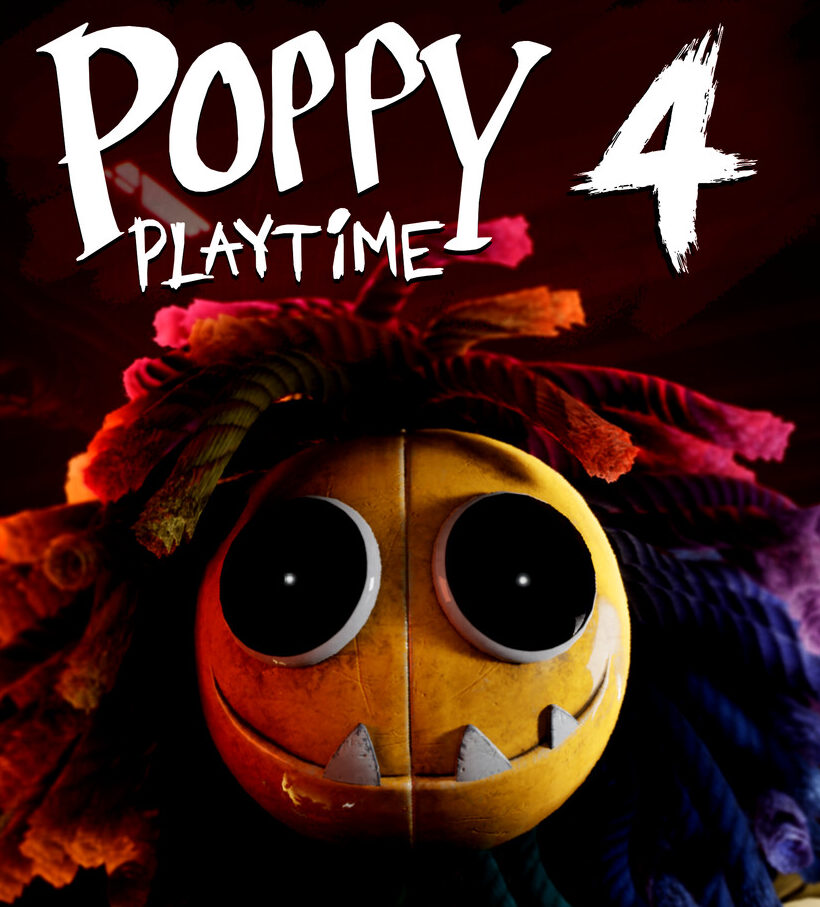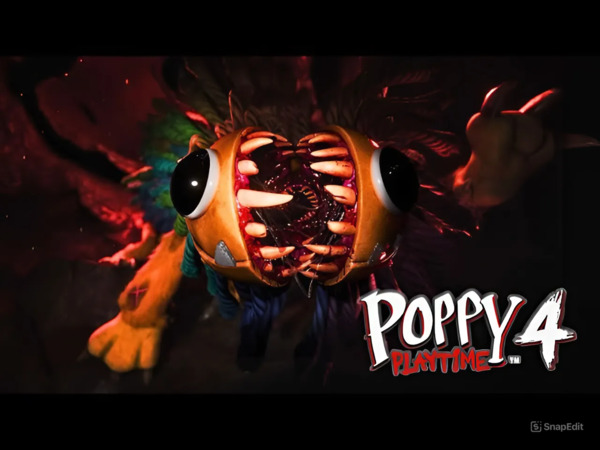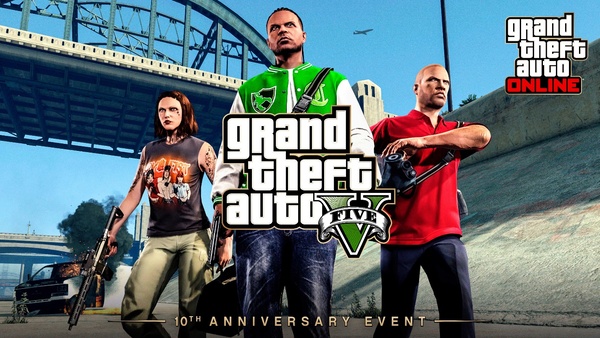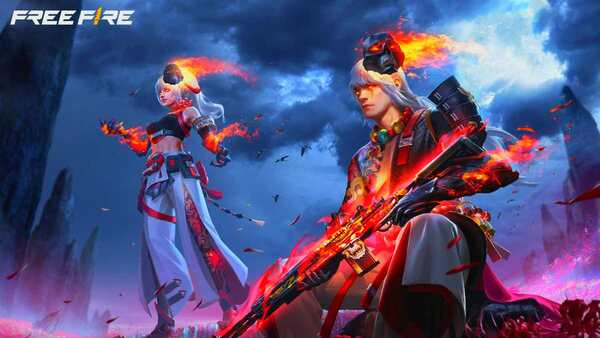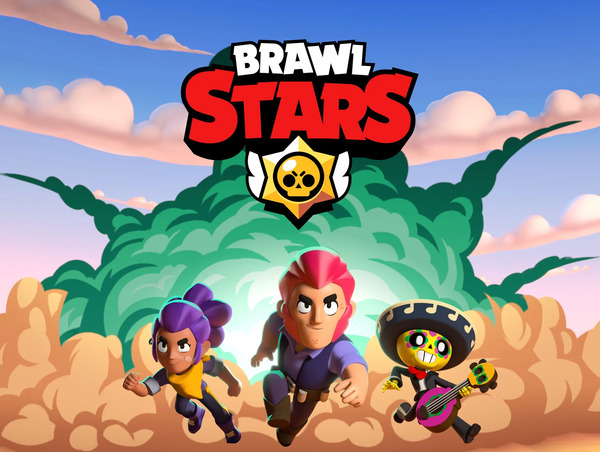Poppy Playtime – Chapter 2, titled Fly in a Web, continues the chilling story of the Playtime Co. toy factory, where childhood wonder collides with unspeakable horror. Developed by MOB Games, this second chapter raises the stakes by introducing new areas, puzzles, mechanics, and an even more terrifying antagonist: Mommy Long Legs.
As the sequel to the viral hit Chapter 1, this installment expands the lore of the factory while immersing players in a longer, more complex horror experience full of tension, psychological mystery, and grotesque charm.
1. Continuation of the Story
Chapter 2 picks up immediately after the events of the first game. Having freed Poppy from her glass case, the player is pulled deeper into the factory's maze of forgotten experiments and broken toys.
As you explore the Game Station, a once-cheerful hub for child-focused play, you realize something sinister is orchestrating your journey — and you are far from alone.
2. Introduction of Mommy Long Legs
The primary antagonist in Chapter 2 is Mommy Long Legs, a spider-like toy with stretchy limbs and a disturbingly cheerful voice. Her personality flips between warm caretaker and sadistic predator, making her a constant source of tension.
She doesn’t just stalk you — she controls the environment and the deadly games you’re forced to play. Her animation is fluid and eerie, enhancing the game's psychological horror through every encounter.
3. Expanded Factory Environments
Chapter 2 introduces a much larger map than the first, allowing players to explore detailed zones like:
-
The Game Station – a central hub with three mini-games
-
Musical Memory Room – a Simon-Says challenge with a deadly twist
-
Wack-a-Wuggy Room – a nightmarish take on the classic arcade game
-
Statues Hall – where you must silently navigate past a deadly creature
Each area is filled with vintage toy designs, grimy industrial machinery, and ambient storytelling through visuals and audio.
4. New GrabPack Mechanics
The game introduces a green hand attachment for the GrabPack, expanding puzzle mechanics significantly. This upgrade allows you to transfer power, swing across gaps, and manipulate circuits in more dynamic ways.
The GrabPack continues to serve as both a gameplay tool and an immersive extension of the environment, blending platforming, puzzle-solving, and survival horror.
5. Challenging Puzzles and Memory Games
Chapter 2 elevates its gameplay through cleverly integrated puzzles tied to the toy-factory setting. Players must use memory, timing, pattern recognition, and environmental awareness to complete tasks — often under pressure.
Some puzzles include:
-
Timing colored buttons under the threat of a crushing ceiling
-
Escaping dark corridors where enemies lurk behind walls
-
Rewiring power sources while dodging traps
These challenges build tension without breaking immersion, and failures can lead to sudden death — often in shocking, cinematic fashion.
6. Sound Design and Voice Acting
One of the strongest elements of Chapter 2 is its sound design. From the creaks of old machinery to the unsettling whispers of toy voices, the audio builds a thick layer of dread. Mommy Long Legs is voiced with disturbing perfection, switching between soothing lullabies and manic threats.
Ambient sounds — scratching, crawling, distant music — keep the player on edge. The absence of music in key moments makes the silence feel deafening and dangerous.
7. Deeper Lore and Hidden Messages
Lore expands significantly in Chapter 2 through VHS tapes, wall scribbles, and documents. These reveal more about:
-
The dark experiments conducted on children
-
Failed prototypes and mutated toys
-
The true nature of Poppy and the factory’s founders
The game avoids exposition-heavy dialogue, instead rewarding players who explore and piece the story together — sparking online theory communities.
8. Improved Visuals and Performance
Compared to Chapter 1, Poppy Playtime – Chapter 2 features improved textures, lighting effects, and more complex animations. Environments are more interactive, and transitions between zones are smoother.
The character models, especially Mommy Long Legs, use soft-body physics to create eerie, unpredictable movement, making every chase sequence feel personalized and terrifying.
9. Length, Replayability, and Player Feedback
Chapter 2 is significantly longer than Chapter 1, offering 2–3 hours of gameplay on average. With multiple puzzles, secrets, and Easter eggs, it encourages replaying to uncover everything — especially for lore hunters.
The developers also addressed prior feedback by improving checkpoint systems, expanding settings options, and reducing loading interruptions, enhancing the overall flow.
10. What Comes Next: Chapter 3 and Beyond
Chapter 2 ends with a dramatic twist that sets the stage for Poppy Playtime – Chapter 3. A haunting train crash and an ominous presence lurking in the shadows suggest a darker journey ahead.
Fans eagerly anticipate future chapters, and MOB Games has confirmed that new characters, environments, and deeper horror elements are in development — including more insight into the Playtime Co. experiments.
Conclusion
Poppy Playtime – Chapter 2 successfully builds on the strong foundation of its predecessor by offering deeper horror, better mechanics, and richer storytelling. With its twisted characters, creepy mini-games, and immersive setting, it cements the franchise’s place among the best modern horror indies. Whether you're a returning player or just discovering the dark halls of Playtime Co., Chapter 2 ensures you won’t leave without a few nightmares.






